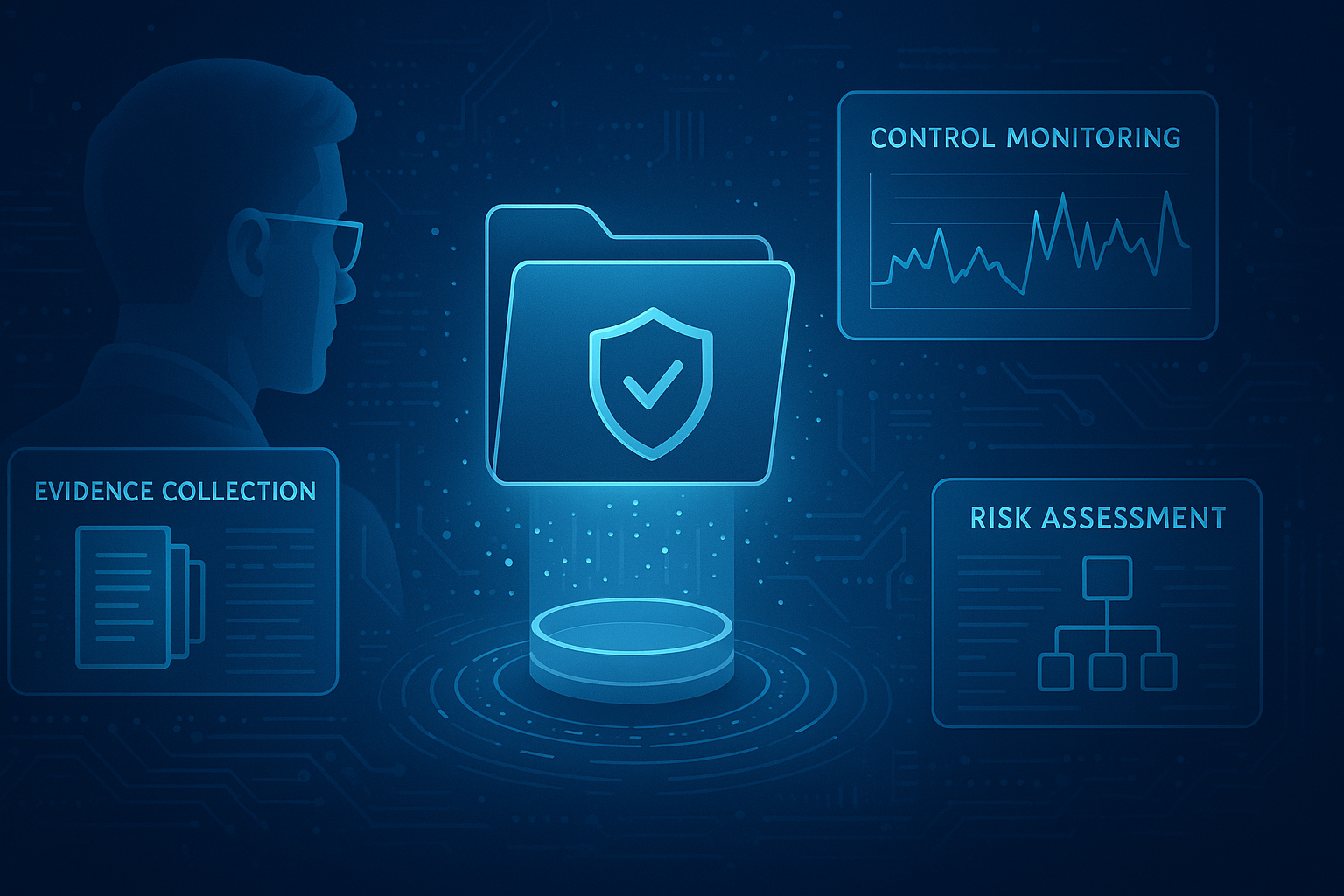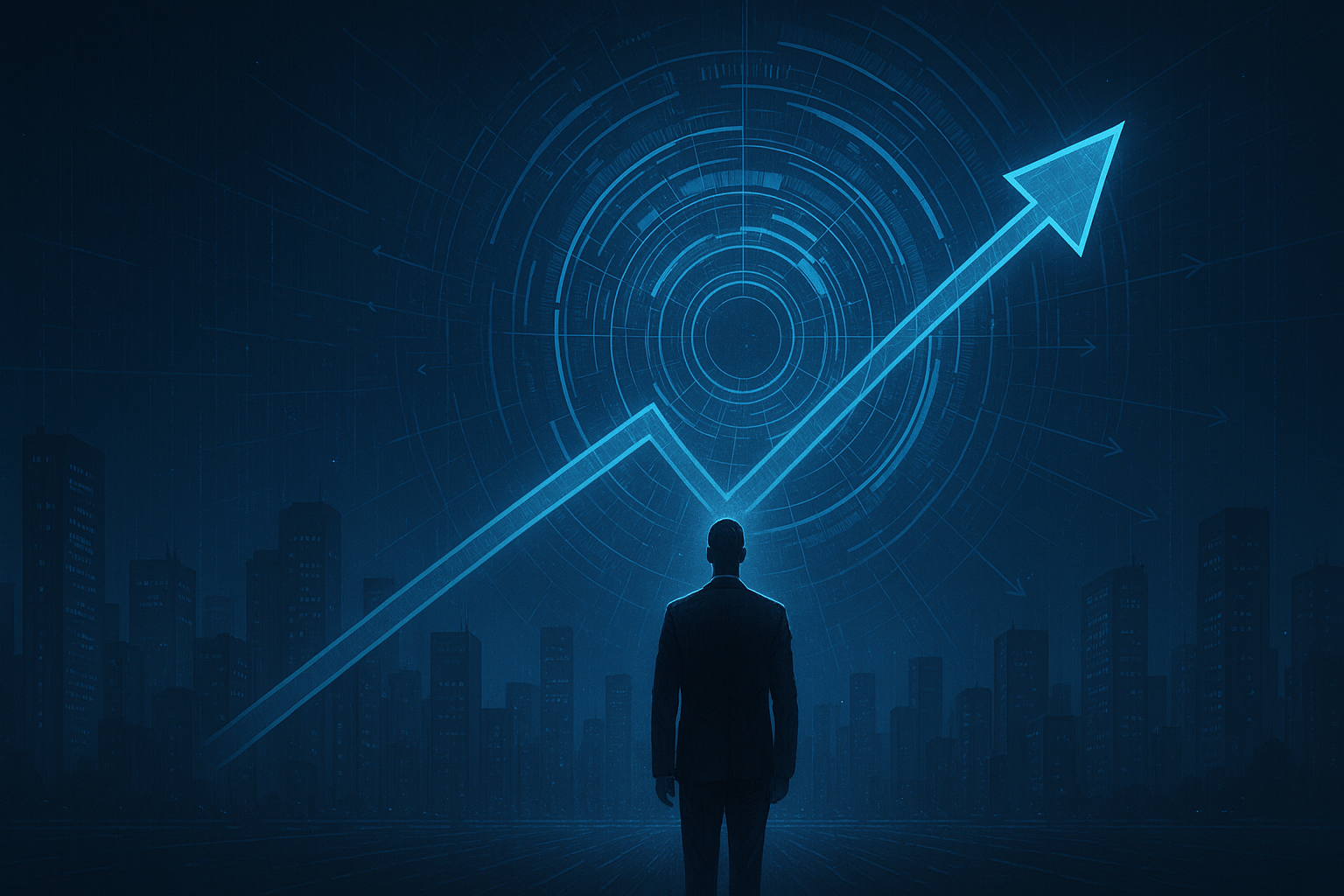As we’ve seen before, one of the greatest cybersecurity threats facing both consumer- and enterprise-focused organizations is the rise of connected devices - the Internet of Things (IoT). IoT devices are the bridge we’ve been anticipating between the digital world and physical objects. Whether a warehouse robot or a home security camera, the technology that powers these devices is essentially the same. A powerful blend of almost all internet-age technology - fog and cloud computing, artificial intelligence (AI), and more - IoT devices are some of the weakest from a cybersecurity perspective. The reason for this weakness is the infinite number of configurations that these different technologies take depending on the device.
Do We Have The Ingredients For An IoT Security Framework?
The first question is: What are the ingredients for an IoT security framework? As I said, the greatest hurdle when developing a framework like the NIST Cybersecurity Framework that can scale to any sized organization and industry is the infinite configurations that IoT devices can take - some may rely more on the cloud, some more on AI, and the result is a difference in weights for certain elements of a framework depending on the device or asset.
I argue that we are in the final stage of the first step toward an IoT framework - that step is developing core frameworks for the pillars that support IoT technology. Among these pillars are the NIST CSF for cybersecurity, NIST SP 800-30, the FAIR risk assessment model, and the NIST Privacy Framework.
The next necessary step is developing the connective material between these tenets that support IoT - fog computing, cloud security, etc. From there, we can begin to determine how these pieces fit together depending on the device - the third and final step to an IoT cybersecurity framework.
Privacy Is Important But Not The True Threat
Given the intimate nature that businesses and consumers share with these devices - welcoming them into homes and connecting them to critical systems - many industry leaders rank privacy within an IoT framework as a top priority. I disagree. When they initially published their working draft of the NIST IoT Framework, I responded to the NIST team, noting that nothing was in the draft about cyber-kinetic threats.
That is not to say that I don’t believe data privacy is critical to IoT security. Instead, privacy violations are a means to an end - nefariously accessing user data cannot yield anything beyond insight about that particular user. On the other hand, consider a connected crane hacked by a bad-actor and razing a construction site and those around it. Where privacy is the research, cyber-kinetic threats are the true nefarious actions - where the digital and physical genuinely meet.
Where We Go From Here
We are already seeing the development of IoT security frameworks emerge - from NIST and other standardizing bodies. However, the interaction between this public entity and private think tanks is a game of cat and mouse. As a CSO at a global electric company, I was a part of both sides - working on the NIST CSF as well as participating in an industry-focused think-tank (ITIC) - and saw the dynamic firsthand. What I foresee for the development of the IoT framework is the same evolution: many device manufacturers will seek to ensure their own destiny by developing their own framework, refined within a think-tank. The response will be an iterated, more unified, framework structure developed with a body like NIST that can scale beyond one industry or another.
The Future Of the Internet of Things Security Is Bright
With a more technology-literate customer base, both on the enterprise and consumer sides, and the forces we’ve explored here, I genuinely believe IoT will culminate in decades of technological advancement. The challenge facing those in the information security industry today is continuing to embrace, develop, and iterate on best practices to ensure the best outcome for end users.





.png)
.png)
.png)
%201.png)
.png)




